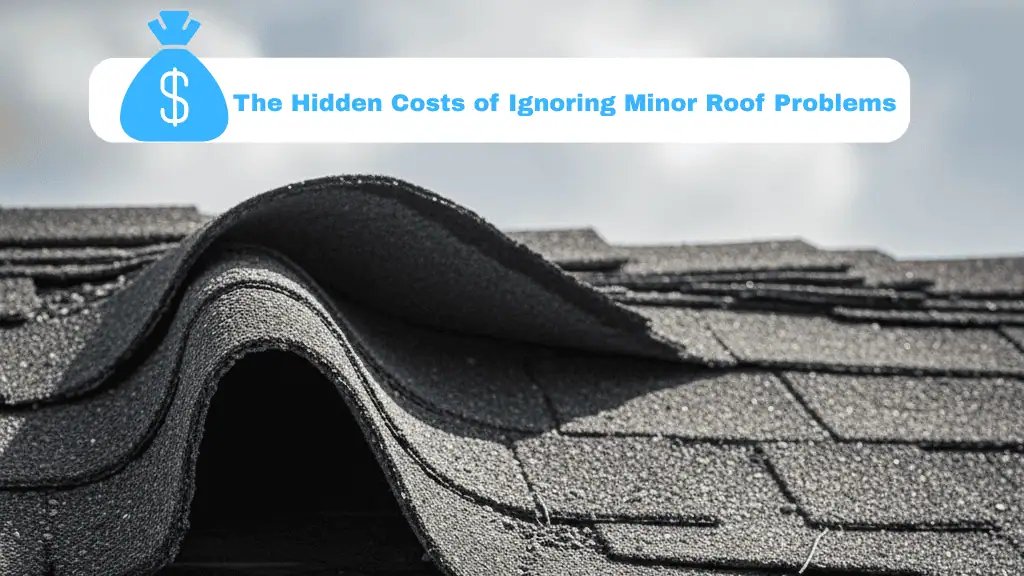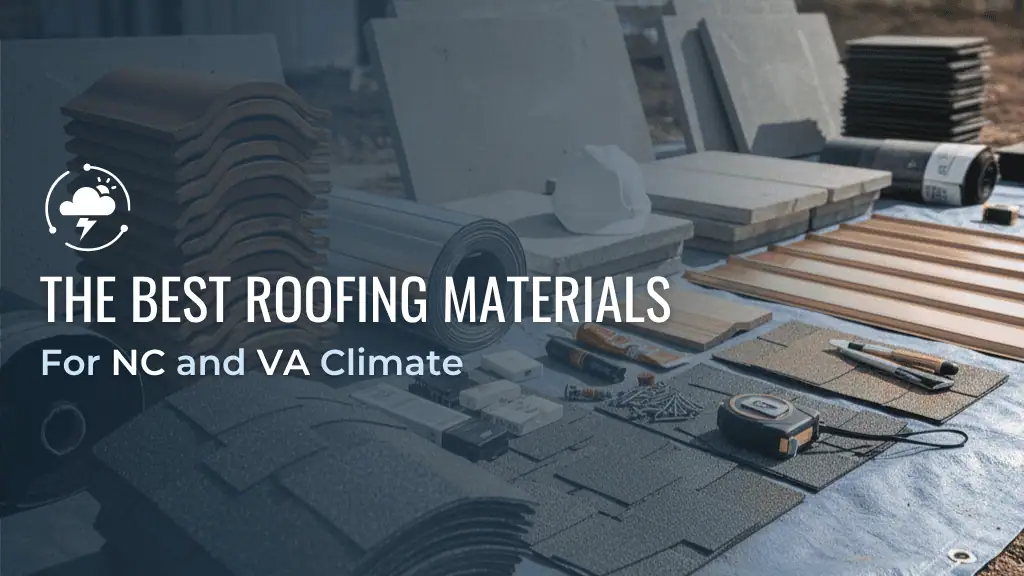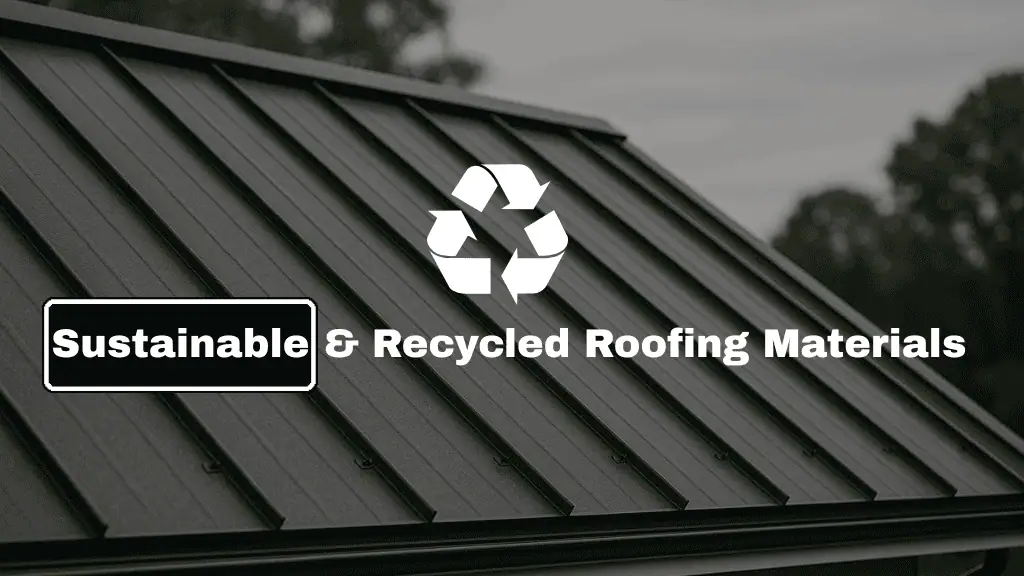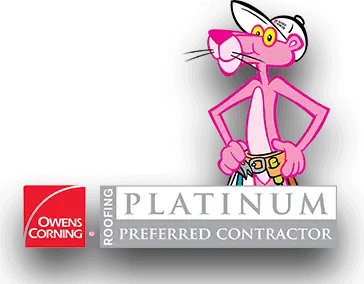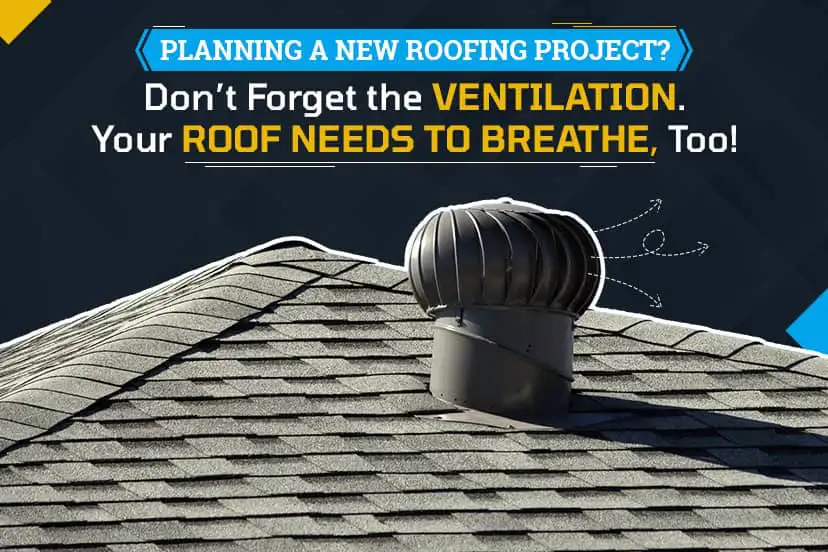
Hot Air Rises
You probably learned at a young age that hot air rises. Harnessing the rising force of lighter, heated air is how hot air balloons are able to lift hundreds of pounds of weight off the ground, and then soar into the sky! That being the case, it shouldn’t surprise you to learn that heated air rises inside of buildings, too. Warm air will attempt to rise to the highest point of the structure. But if this air isn’t vented through your attic and roof, the resulting heat buildup can produce a number of negative impacts:
• Harder to cool your home in the summer
The hotter your roof gets from sun exposure, the hotter your attic will get as well. And as your attic heats up, it also becomes much harder to moderate the temperature of your interior living space. This makes your A/C have to come on more frequently and stay on even longer, thus resulting in greater energy use and higher monthly bills – not to mention increased wear-and-tear on your air conditioning system. While some roofing materials like metal are reflective and tend to stay cooler than some other roofing materials, the fact of the matter is that your roof and your attic can still get pretty warm on a sunny day. Without proper ventilation, all that trapped heat simply has nowhere to go.
• Ice dam formation in the winter
The ability to trap warm air may sound like a good thing where winter weather is concerned; indeed, this can serve to help reduce some of your interior heating needs whenever the mercury drops outside. However, there are some negative impacts associated with unvented roofs in the winter, too. Whenever accumulated snow or ice starts to melt on your warmed roof, the liquid can quickly refreeze on and around your roof overhangs. This can then produce some potentially dangerous and damaging ice dam development. Having the right roof ventilation in place can help prevent roof ice dams from ever forming.
• Potential interior condensation issues
Without proper insulation and venting, some roofing materials can generate interior condensation through conductive cooling, also commonly known as “sweating.” This collected moisture can breed unhealthy mold and mildew too, contributing to roof infrastructure damage over time. On top of this, things like bathing, cooking, and laundering can generate plenty of moisture inside your interior living space. Without proper roof and attic ventilation, this moisture has no way of escape.
Your Roof Needs to Breathe
Proper attic ventilation is essential to help maintain a cooler, drier climate for your roof. Regardless of which material you choose to install for your roof replacement, it’s still important to let your roof breathe by making sure to include a well-designed roof ventilation plan. This includes making sure there’s a proper balance of intake vents for fresh air to enter from below, along with exhaust vents so hot air can exit from the top.
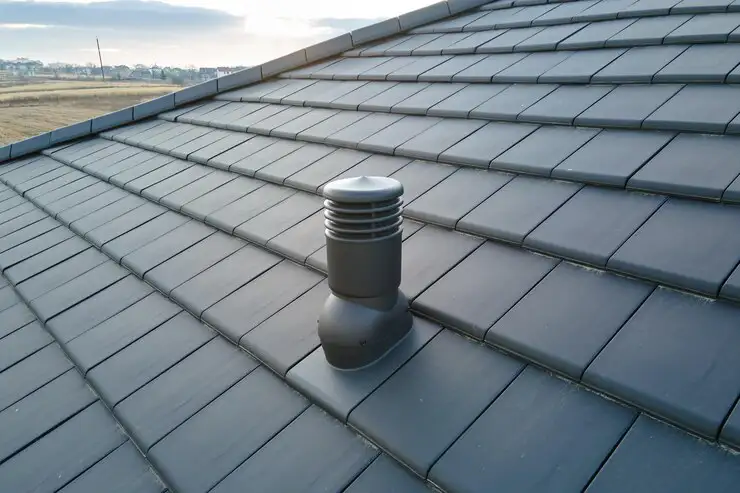
The Right Approach to Roof Ventilation
Sure, you can choose to add some forced-air fans to help keep air moving through your attic, but most roof ventilation systems are designed around a static ventilation principle. Static ventilation doesn’t require forced airflow, because it allows for a natural flow of air. Rising warm air serves to move both heat and moisture through your attic and out of your roof through a series of installed vents. The key is to maintain a proper balance of intake and exhaust vents. Just adding some exhaust vents isn’t enough, if there isn’t also a matching complement of intake vents included to promote proper airflow. When it comes to good roof ventilation, balance and flow are the names of the game! Here are some of the key types of vents included in an effective roof ventilation system:
• Ridge Vents
Many types of roofing material systems make use of ridge vents; these vents are typically installed across the entire length of the roof ridgeline. Vents are inserted where the angled surfaces meet at the top, and can include some type of ridge cap flashing as well, depending upon the specific type of roofing material you go with. This ridge venting design can allow large volumes of warm, moist air to move through your roof and escape to the exterior.
• Intake Vents
As mentioned above, ridge vents alone aren’t enough. Without a proper air intake system, you simply won’t get the airflow you need for effective roof ventilation. To that end, soffit vents or drip edge vents are often placed at the roof’s lower edge. As hot air rises in the attic, these intake vents draw in fresh air naturally, thus enabling a more constant, consistent flow of air throughout the system. A good rule of thumb is to include enough intake vents to match the needed volume of outflow through the ridge vents.
• Gable Vents
Gable vents are sometimes installed near the peak of side gable areas, and can help with either intake or exhaust. Gable vents by themselves are no substitute for a balanced ridge-and-eave vent system, but they can provide additional ventilation where it’s needed. Gable vents are also valued by many homeowners for the aesthetic value they add to a roof’s exterior.
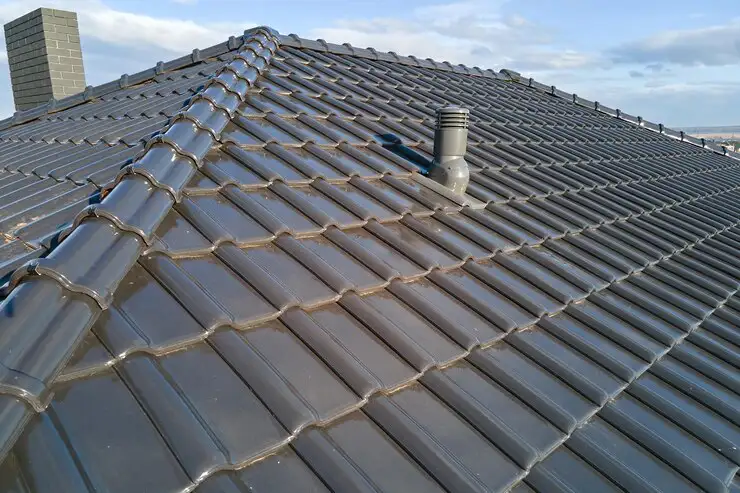
Why Skywalker Is Your Best Choice for Both Roofing and Proper Roof Ventilation Installation
No matter which roofing materials you decide upon for your roof installation, you also need to factor in a good roof ventilation design for your home or other roofed building. Essentially, if you’ve got a roof overhead, then it also needs to be well-ventilated.
And this is one area where the pros at Skywalker Roofing can be an incredible resource for you if you’re located anywhere inside our North Carolina or Virginia service areas. Nobody installs a better roof than Skywalker – from shingles to standing seam metal roofing to slate to tile to wood shakes to synthetic and composite roofing – and we also happen to be experts at designing and installing optimal ventilation for your roof replacement, too!
Simply put, Skywalker is the local roofing contractor you can trust to take care of you the right way. Skywalker is proud to serve the NC Piedmont Triad, Piedmont Triangle, Lake Norman, and southern Virginia. Reach out to schedule your FREE home or business consultation today by calling +1 (336) 627-5596. Experience the Skywalker difference for yourself!





